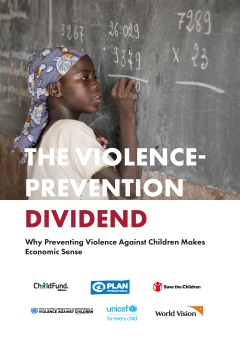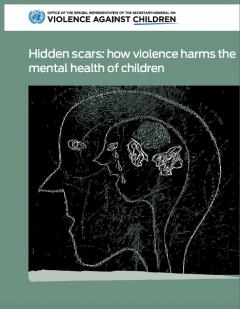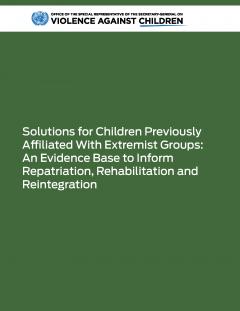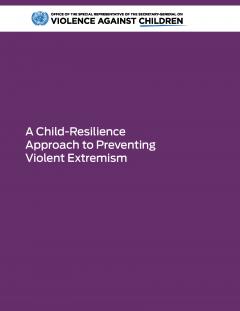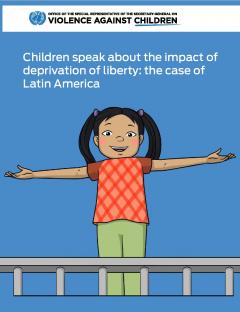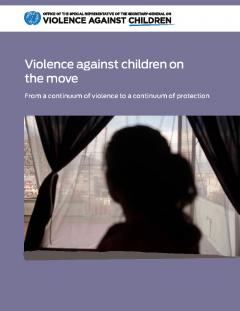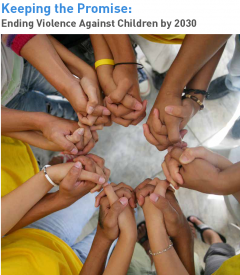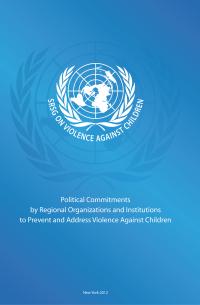This paper gives an overview of the economic case for investing in the prevention of violence against children. It is intended to alert policymakers to the substantial economic and social costs of violence against children and the potential dividend that would accrue from investment in violence prevention. The paper outlines where governments can strengthen and improve engagement in violence prevention in light of post COVID-19 recovery planning and beyond.
The investment case supports a Call to Action for governments and development partners to increase the resources currently allocated for the prevention of violence against children and to use resources even more effectively
Download the publication


